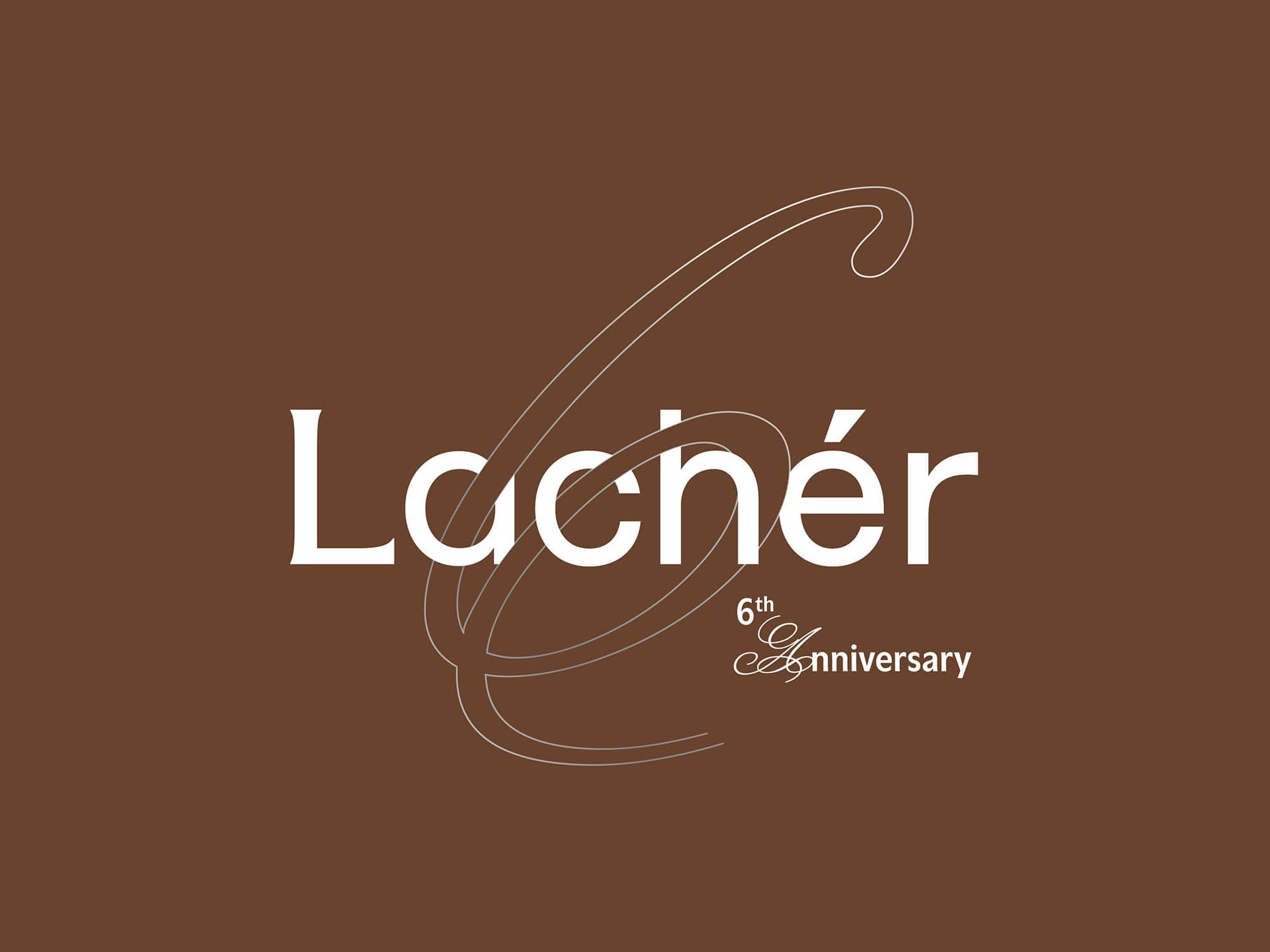Fairly priced chocolates?
Ever wondered why some chocolates are on the pricier side while some aren't? We've been asked this question quite a bit and decided to take this opportunity to give you guys the likely explanation for that. Hint: It often has a lot to do with the chocolate used. In this blog, we'll talk about chocolates and why some chocolates are more expensive than others so that you'll know what you're paying for.

(Photo by Etty Fidele on Unsplash )
Before we get into it, here are some useful terms to remember.
Cacao beans: The seeds of the Theobroma cacao tree. Chocolate is made from these beans.
Cocoa nibs: Crushed cocoa beans (contains about 50% cocoa butter, 50% cocoa solids)
Cocoa butter: Purest fat extract of the bean
Cocoa solids: Remaining nonfat part of the cacao bean
Cocoa paste: A thick, smooth paste of cocoa butter and cocoa solids either in liquid or solid state
Cocoa powder: Ground cocoa solids
Some factors that affect the price of chocolates
- The origins of the cacao bean
- The chocolate making process
- The kind of chocolate
The origins of the cacao bean
Cacao beans come from the Theobroma tree which can be found in the tropical regions of Earth, typically within 15 to 20 degrees of the equator. There are a few varieties of the cocoa tree that grow in different regions with each producing beans of varying flavours and quality. The type of tree, the age of the tree, the chemical compositions of the soil, and the conditions in which the tree was grown are some of the factors that influence the flavour and quality of the cocoa beans that the tree bears.
The chocolate making process—from bean to chocolate
Here's a simple breakdown of how chocolate is made. Each step done right, contributes to good quality chocolate.

(Source: readcacao.com)
1. Cacao beans are fermented to develop the natural flavours of the beans.
2. Then, dried and roasted to further develop the flavours of the beans and kill bacteria.
3. Next, winnowed. The shells are removed, leaving the cocoa nibs.
4. The nibs are ground into cocoa/chocolate paste.
5. Cocoa paste is pressed to separate cocoa butter and cocoa solids.
6. Cocoa paste is conched (kneading and aeration of chocolate) to reduce the acidity of chocolate. The essential flavours of chocolate and their textural properties are developed here.
7. Other ingredients are added. This varies from manufacturer to manufacturer. The quality, texture, and composition of every ingredient such as the type of milk powder used in milk chocolate are crucial to a chocolate's quality.
Kinds of chocolate: Couverture vs Compound Chocolate
Essentially, there are 2 kinds of chocolate—couverture chocolate and compound chocolate. Depending on the kind, chocolate (dark, milk, or white) vary in quality and price.

Couverture chocolate has a higher percentage of cocoa solids relative to other ingredients and therefore, gives you the truer essence of chocolate. This is because the high cocoa content amplifies the nuanced flavours of chocolate. Compound chocolate has low cocoa contents and high amounts of added ingredients. This diminishes the fine and distinct flavours of actual chocolate.
Couverture chocolate has high amounts of cocoa butter which gives it an incredible texture and a pleasant mouthfeel. It also promotes great skin, is anti-inflammatory, and boosts good cholesterol, which is a bonus! Compound chocolate is often greasy and does not feel as good in the mouth because vegetable oil is added in high amounts to make up for the lack of cocoa butter. This also makes compound chocolate the unhealthier option as it can pose health risks such as heart diseases.
Couverture chocolate will need to be tempered to achieve an attractive shine and prevent 'bloom'—an unpleasant matte-white appearance on the surface of chocolate. Tempering is where chocolate is precisely heated and cooled to stabilise cocoa butter crystals and bring it from a melted state to a uniform solid state. If not tempered, the texture, flavours, and appearance of couverture chocolate will be affected. Compound chocolate need not be tempered as the vegetable oil used in place of cocoa butter allows for it to be melted and reformed seamlessly. It may not have a pretty sheen, but it is a popular choice for baking because oils can be added to influence the properties of the chocolate making it easier to work with.
The more expensive chocolate
Couverture chocolate made from good quality cocoa beans are pricier. They are higher in quality, higher in cost, have remarkably unique, yet greatly delicious flavour profiles, and their fragrant cocoa solids will noticeably stand out.
Compound chocolate is often lower in cost because of its low cocoa contents. It is usually mass-produced in the form of chocolate bars and candies to be sold in convenience stores.
What chocolate do we use at Lachér?
We use some of the best couverture chocolates from brands such as Valrhona, Callebaut, Cacao Barry, and Weiss. These premium manufacturers are masters in creating chocolate made from carefully selected cacao beans from across the regions. Their ranges of chocolate are incredibly distinct and have brilliant aromatic flavour profiles. You'll know from its taste, smell and feel.
Some of the cakes we offer with chocolate as one of the main ingredients are the Valrhona Caraibe Hazelnut Praline mousse cake, Raspberry Valrhona Jivara mousse cake, Salted Caramel Saint-Honore, and Tropical!
There's a whole world of chocolate to be explored
I have to say, if you do get a chance to taste great quality couverture chocolate, I can almost confirm that you'll be impressed by its taste, aroma, and texture. They may be pricier, but it'll be worth it. I remember when I first tried our Valrhona Caraibe Hazelnut Praline cake. I instantly noticed a flavour so unique and different although I couldn't quite pinpoint exactly what it was. There was just something superior in the chocolate used giving it its excellence and oomph.




